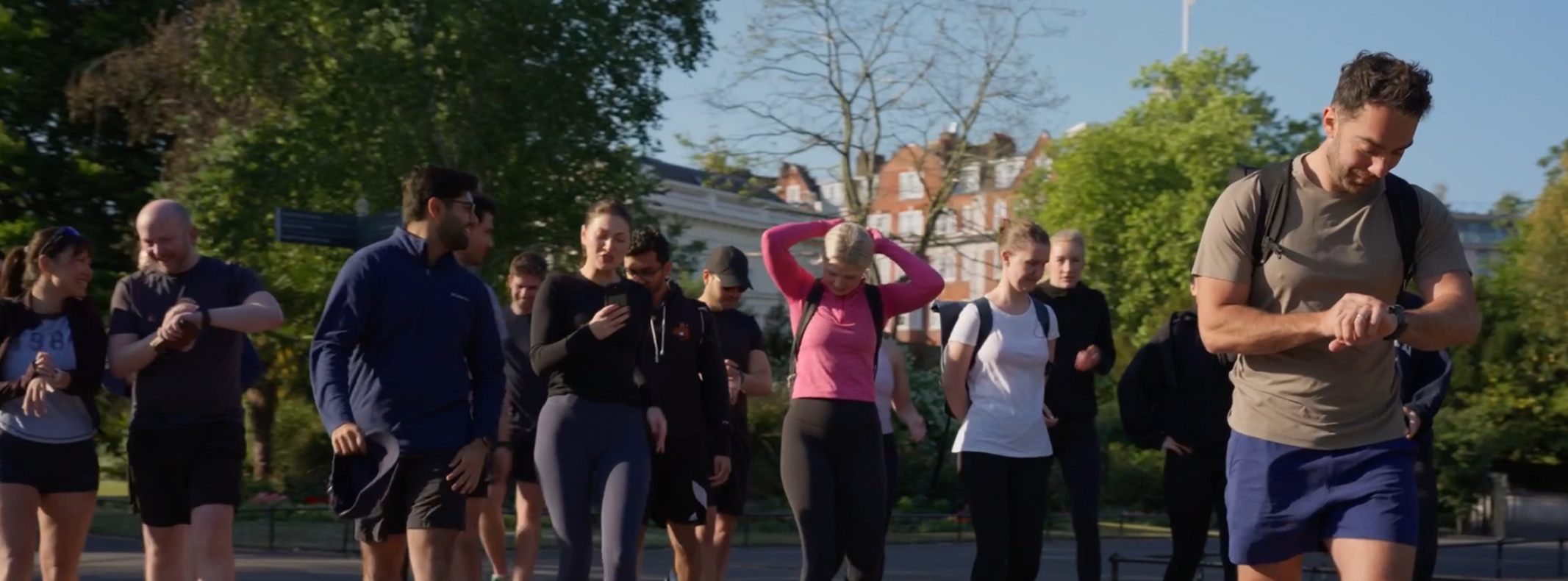Demystifying deep tech
Deep tech is different. None of my colleagues across our fintech, consumer, health or B2B software teams would say their job is easy, but deep tech presents a unique set of challenges.
While other areas of investment come with long-held norms, business plans, and go-to-market strategies, we can’t take these for granted in the deep tech space.
Companies with groundbreaking IP, underpinned by years of painstaking research, may be years more away from a commercial launch. And even with a brilliant product, they may still be ‘too early’. Investing in the sector requires patience and expertise – while starting a business is often a labour of love for the founders.
Definitions of deep tech are wide-ranging, but they all agree on one thing: complexity. Fundamentally, we think deep tech sets out to solve hard problems in hard markets. As investors, part of our job is to assess the direction of travel and recognise the potential in both the technology, and the people behind it.
To meet the challenges faced by the founders working at the vanguard of deep tech R&D, we’ve built a team drawn from across the worlds of academia, computer science and engineering.
Our operational experience means that we can respond to the complexity of the field and recognise the potential in emergent technologies and markets that are yet to bloom. It also gives us the tools to support the pioneers in building the companies that will shape the future.
What sets deep tech apart?
One of the things that really sets deep tech apart is the challenge of finding a market. When we invested in WaveOptics seven years ago, the VR and AR market was still nascent.
At our first meeting, the waveguide technology they were developing still had some way to go – but the potential was clear. My colleague, Simon King, described being fascinated by its “Frankenstein form”. But it iterated quickly, with each subsequent prototype showing a major improvement, and we were confident its technology could become a critical component of AR glasses.
The biggest unknown was market timing. At the time, AR use cases were few and far between, principally centred around military applications. We made a bet that AR would start to see widespread adoption, and that bet has paid off. This year, WaveOptics was bought by Snap Inc for more than $500 million, with its technology now poised to bring AR eyewear into the mainstream.
The WaveOptics story illustrates one of the key challenges in deep tech: recognising markets with growth potential. The flip side is understanding that some established markets may be resistant to the kind of change a deep tech product offers. Complex global systems, like the international supply chain, or established markets, such as the legal tech world, change incrementally. Understanding where and how those changes happen is key for a founder hoping to unlock the market.
Of course, every now and then a product comes along that represents a total upheaval – a game changer. Drones, for example, stand to transform the delivery market. In spaces such as this, it isn’t so much a question of occupying a niche as carving out a brand new border. But taking advantage of these opportunities depends as much on strategy as it does a killer product.
When assessing companies in the deep tech space, we can’t rely on the same indicators as our colleagues across other teams. For many of the companies we back, revenue is years away. Instead, we have to take other qualities into account. When we sit back and look at our past investments, three things stand out that have made them successful.
What are we looking for?
1.Team
The first thing that stands out is the team. We want to back pioneers; those individuals who have dedicated their lives to their research and companies. In other areas of investment, you might expect to encounter serial founders driven to build company-after-company. That also happens in deep tech, but less often. The complicating factors unique to the space mean that founders need to be prepared to invest years more than their counterparts elsewhere in bringing their product to market.
More than any other sector, patience is also an essential attribute. A founder may have invested six years into a PhD, but may have to wait another ten for the market to be ‘ready’, or for their product to be commercially scalable. Late last year we backed Altitude Angel in its Series A. Richard Parker, the CEO, looked ahead to a world in which commercial and private aircraft share the skies with autonomous drones. He recognised that an integrated approach to managing air traffic of all sorts will be essential. Today, Altitude Angel is pioneering the software that will truly open the skies – but the change it anticipates is still some years away. Deep tech is not about a quick buck, but for those with the patience and the IP the returns can be outsized.
Storytelling is also essential to maximise the chance of success. Given the frequent need to create entirely new markets, we get excited by founders who can articulate their vision for the future, not only within their own companies, but across the sector. Often, they’re prepared to lend support to rivals in order to drive the wider industry forward.
2.Exciting markets
As we’ve seen countless times, the technology might be world leading, but finding the right market for it can be a challenge. Markets can be immature, slow moving, or on the cusp of an inflection point. We’re looking for companies that are mindful of this. While revolutionary new technology is something to be celebrated, we need to understand how it can be put to use, solving a complex issue in a hard market.
The industry it caters to may be nascent, as we’ve seen with AR and our investment in WaveOptics. The same was true of the robotics landscape when we invested in Dogtooth, while our recent investment in iSize responded to a global shift in digital behaviour, as we realised that video streaming was dominating internet traffic. iSize is probably at the more extreme end of the spectrum, given the clear market opportunity we could see, but no matter how well developed the market is, there needs to be some indication of potential demand. Solving for the market is what we get excited about.
3.Defensible IP
Finally, we care about IP rich defensibility. Within the tech community there are plenty of people with the competence to put a few generic algorithms together to come up with a new piece of software, but actually building complex infrastructure, or developing engineering mechanisms, requires a different order of expertise and investment.
Simultaneous localisation and mapping (SLAM) has been a huge challenge in the design of autonomous vehicles. One of our portfolio companies, SLAMcore, has built outstanding positioning software on cutting-edge research. We were attracted by the top team, the growth market growth opportunity, and, critically, the wealth of IP, which combined to present a highly attractive value proposition.
What we can offer
Our team is distinguished by its operational and academic experience. Before starting at Octopus Ventures in 2012, Simon King completed his PhD in organic materials at Imperial College London. Mason Sinclair’s academic background in Biomedical Engineering and Electrical and Computer Engineering translated into direct industry experience, first as an engineer and later as a founder himself. And as a computer science engineer I worked on products that have gone to market and been used by millions, so I understand the passion and commitment that goes into R&D. Our role as investors isn’t operational, but we can bring a vast range of expertise to bear on the companies in our portfolio.
Another recent addition is Jonathan Durnford-Smith, who joined our Talent team from DeepMind specifically to support our deep tech portfolio. In a recent blog he outlined some of the pain-points he’s come to recognise hiring in this space. Foremost among these was the potential for friction between research and commercial teams. We understand that brilliant data scientists need to be supported by equally brilliant commercial minds, and individuals like Jonathan can help.
We also understand strategy. A new technology may have some way to go before gaining government approval, but we can help shape a compelling narrative that will speak to legislators and investors, shining the best possible light on a company that may be some years from profitability.
Finally, but perhaps most importantly, our fund structure means we can afford to be patient. As we’ve seen, success in the deep tech space happens slowly, and depends on myriad factors. Technology can change the world, and we have the time – and expertise – to help it happen.
If you think your company fits the profile, we’d love to hear from you. You can reach me at [email protected]













